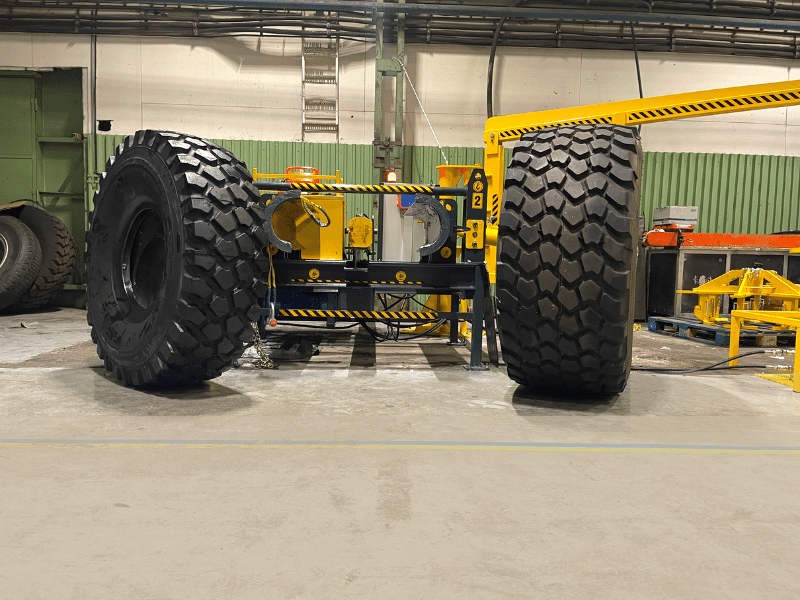A key challenge facing manufacturers of military equipment is how to ensure the seamless mobility of their vehicles during combat operations. A new trend in vehicle construction is the use of wheeled chassis. Although these vehicles offer a wide range of advantages over caterpillar-based cars, one of the major threats to their mobility is their high sensitivity to tire damage. Vehicle-targeting fire can cause tire damage even though the first wheeled vehicles used in World War II had all rubber tires applied to vehicles.
Run Flat Tire System
Run Flat Tires are designed to allow a driver to continue traveling even with diminished tire pressure. A Run Flat Tire System has become a standard solution for military vehicles because it allows the crew to drive out of the hazard zone with even a few damaged wheels, or in case of minor damage to the wheels, to drive for several kilometers at approx. 80 km without inflation. In the case of armored vehicles or military vehicles, it is essential to not only ensure that emergency drive is always maintained after the tires have been damaged but to also control the behavior of the vehicles under various emergency conditions.
Run Flat Changer Machine: Part of the Tire System
An important part of the Run Flat Tire System is that tires will be reused repeatedly after inflation. Run Flat Changer Machine is the new generation tire system technology used for the removal and refitting of Run Flat Tires on all types of military and armored vehicles having rim sizes ranging from 16 to 30 inches. The Run Flat Changer Machine saves time and money while improving crew efficiency.
The principles of the Run Flat Changer Machine
Run Flat Changer Machines follow five basic principles with standard types of versions.
1. Run Flat Changer Machine consists of two grip levers retractable with a hydraulic piston-cylinder system and a single push-pull mechanism for removing and installing the tire.
2. A ring remover is used to remove and reinsert the light metallic rings on Run Flat Tire, meant to help hold the tire in place and to keep the tire sidewall from splitting. The second step is independent of the first and safely separates the rim fragments from the tire.
3. For control of the tire installation system in particular removal and ring removal, there is a joystick-driven controller unit available.
4. A Run Flat Changer Machine has a lift system that can lift tires up to 500 kg that is operated by hydraulics.
5. A hydraulic system has a minimum pressure of 250 bars and an oil tank with a storage capacity of at least 100 liters.








